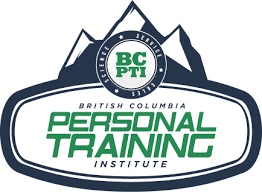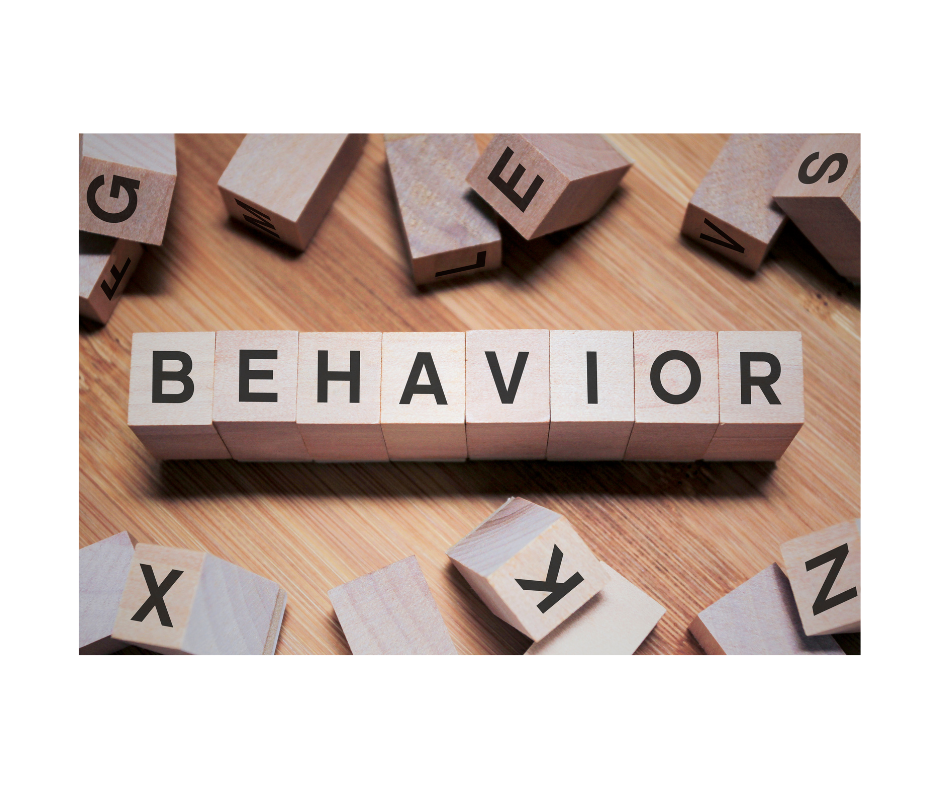How many times have you “started” something only to stop and then “start” again at a later date?
One of the main obstacles in reaching our goals is the type of goals we set! Fitness professionals usually find people set vague or general goals that may look similar to these:
- I want to lose weight and be more tone and firm
- I just want to be healthy/healthier
- I want to improve my flexibility
- I just want to lose a little of my stomach
- My goal is to gain more strength / muscle mass
- Lift more in X exercise
There is nothing inherently wrong with stating goals like this but it does make it harder to measure progress and also to plan a realistic target for achieving these goals. Another obstacle that may occur is setting goals too high or too long term. If the completion of the goal is so large or takes too much time, it’s difficult to maintain your motivation. How many times have you “started” something only to stop and then “start” again at a later date?
So what can we do?
First, we can incorporate SMART goals to facilitate our success by helping us create quantifiable and measurable goals. Let’s apply the idea of a SMART goal to the previous statements above:
Instead of “I want to lose weight and be more tone and firm”
Try: “I want to lose 10 lbs. by the end of 3 months”
Instead of “I want to put on more muscle mass”
Try “I want to squat 102kg / 225lbs by 12 weeks”
SMART is an acronym that can help us clarify our goals along these domains: Specific – Measurable – Attainable – Realistic – Timely. We know that this person’s goal is to lose 10lbs by the end of 3 months; our other client wants to be able to squat 225lbs by end of a 12 week strength cycle. It factors in specific through being able to quantify the goal as well as measure progress. Most people on average lose approximately 1-3lbs per week; 12 weeks is realistic and timely while the goal itself is also attainable in that time frame. When looking at the squat goal, it could be improved by giving more context about the hypothetical client’s current strength. If they were already squatting 185lbs, adding 20lbs to their squat in 12 weeks is reasonable. However, if the client can only squat 135lbs, attaining 225lbs in under 12 weeks will be more challenging and possibly unattainable within that timeframe. In order to get the client to their goal, we will either have to adjust the goal or the timeline to ensure their expectations are aligned with what is best for them!
In the next step, we introduce the idea of different types of goals and how they can be applied. I ask each client to come up with 3 goals. Each goal is in a diverse category that will allow them to build off the success of their other goals. In addition, it allows us to contact behavior momentum (more on this in the next section).
Let’s take a look at a possible example:
- Body Composition goal (+ Muscle mass / – lose body fat)
- Increase 2.3kg / 5lbs of muscle mass in 8 weeks
- Skill goal (Gym related, strength, better form, improved flexibility, etc.)
- Squat 102kg / 225lbs at the end of 12 week cycle
Behavior goal(s): (Small changes to build new habits and maintain them. It should be so easy to complete to allow for constant positive reinforcement of completing each challenge.)
Example: If you don’t eat breakfast on work days but want to begin doing so.
- Make it as easy as you can for yourself by reducing as many obstacles as you can.
Choose a goal you know you can complete 100% at least 2 out of 5 days. Do that for a few weeks or until you feel confident to add on another day.
*Remember* Habits take time with conscious effort. If you’re unable to complete the behavior goal, perhaps it is too hard at the moment. Reduce and regain confidence and then challenge yourself in a few weeks.
The idea behind developing different types of goals is that they allow us to ride off the motivation and success of smaller successes that build into larger ones. Look at the above list from the bottom up. Small behavioral goals can be targeted towards habits that also improve our ability to complete our skill goal.
For example: Eating breakfast consistently would have a positive effect on our ability to squat heavier due to having more calories to repair, gain strength, and build more muscle. This in turn will have an effect on our body composition goals. Increasing our squat strength through eating more calories and training thereby getting us closer to gaining 5lbs of muscle mass in 8 weeks.
Each goal also has a varying timeline so you will often complete goals at different paces. This is why behavioral goals should be set so they are realistic and you can complete them consistently. This doesn’t mean you aren’t allowed to fail but it means that these goals should be set in mind that YOU know yourself best. Everyone wants to go from 0 – 100 FAST. My professional opinion? Go from 0-10 first. Maybe 20? What are YOU comfortable with? Work with it but don’t become too complacent and set defined timelines to challenge your current goals. Remember your WHY and make it happen – even if it takes a little longer than you originally hoped.
Blog By: Brian Truong, BCPTI Instructor






